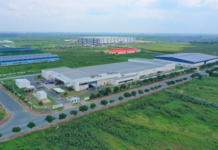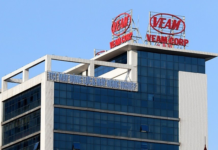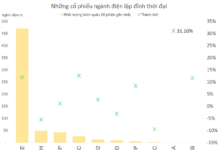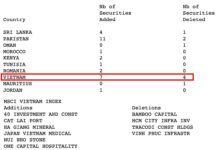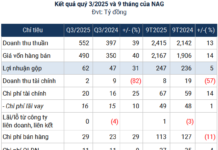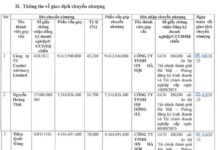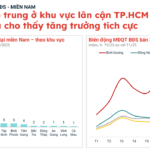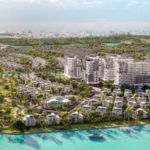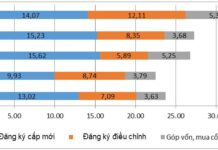The Ho Chi Minh City Department of Construction has submitted a proposal to the City People’s Committee for the investment in upgrading and expanding Nguyen Tat Thanh Road and constructing the new Tan Thuan 1 Bridge.
With an estimated investment of nearly VND 3 trillion, the project aims to alleviate severe congestion on this vital artery, connecting the city center with the southern districts.
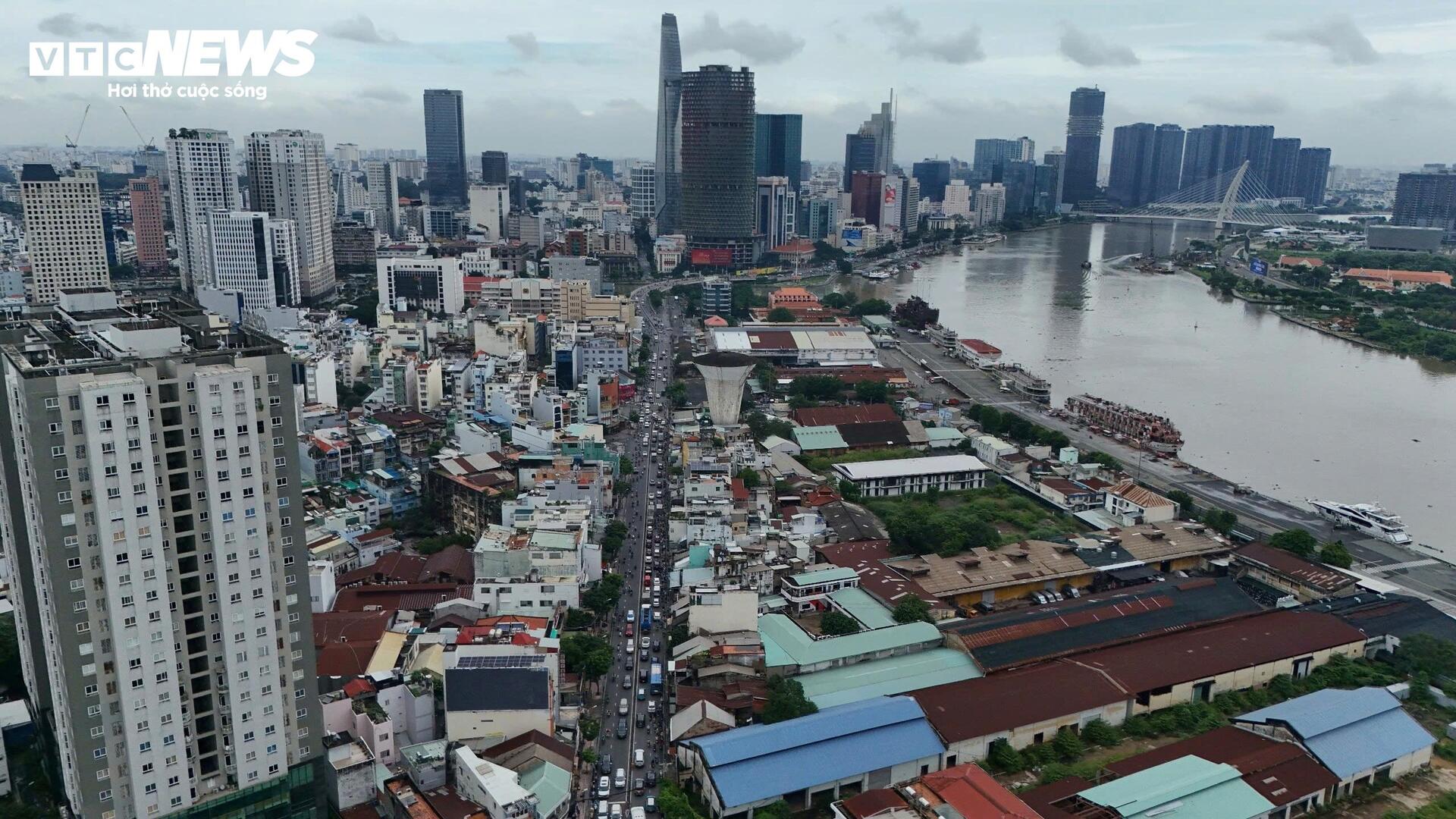
Nguyen Tat Thanh Road (Xom Chieu Ward), stretching over 2.5 km from Khanh Hoi Bridge to Tan Thuan Bridge, is notorious as one of the most congested roads in Ho Chi Minh City.
Expanding the Road That Haunts HCMC Residents
According to the proposal by the Ho Chi Minh City Department of Construction, the expansion of Nguyen Tat Thanh Road will cover over 2.5 km, from Khanh Hoi Bridge to Tan Thuan Bridge, increasing the lanes from the current 4 to 6–8.
Alongside the construction of an underpass at Hoang Dieu Intersection (with at least 4 lanes), the city plans to build a new Tan Thuan 1 Bridge to replace the over 120-year-old bridge, which is deteriorating and unable to meet traffic demands.
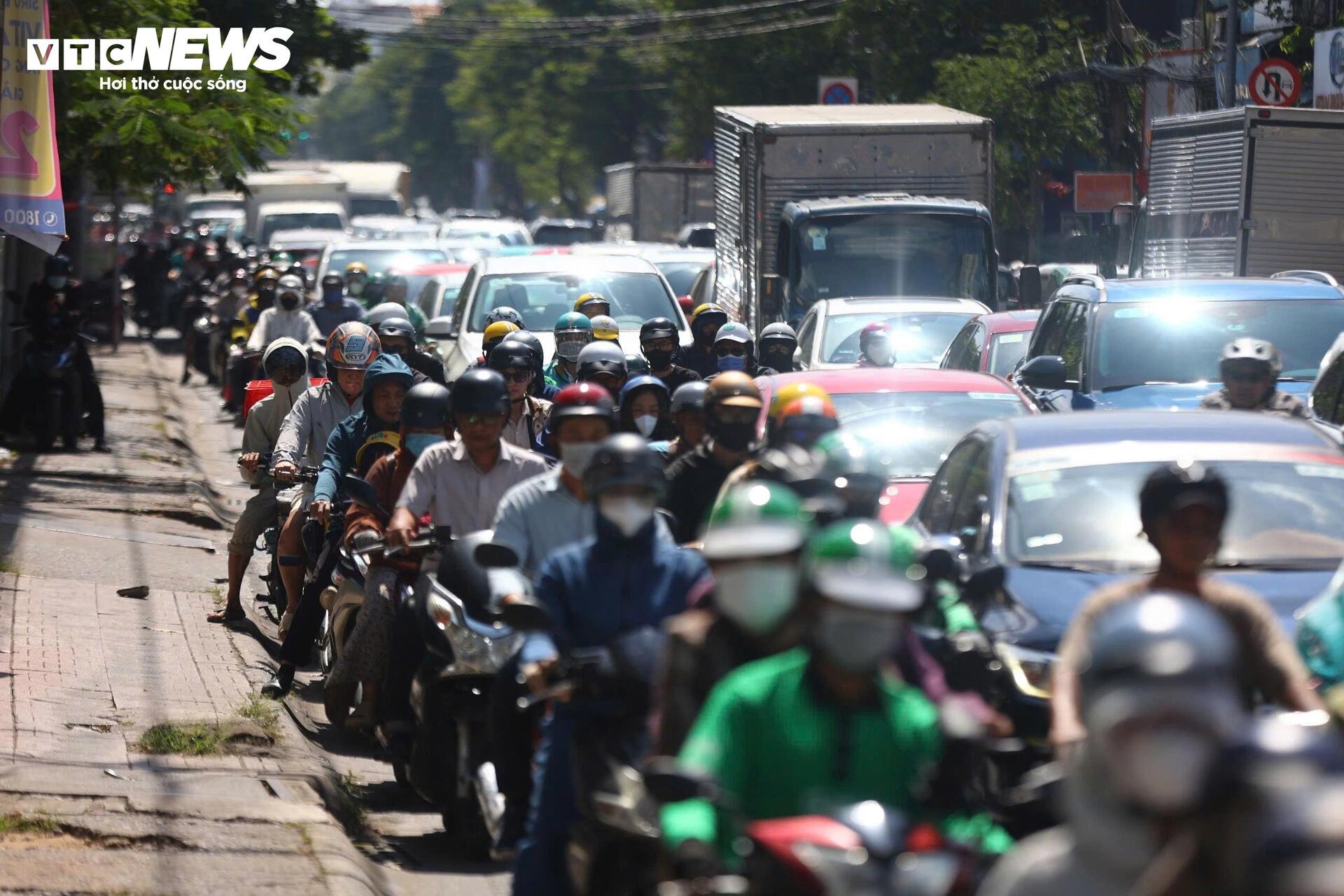
Vehicles inch forward on Nguyen Tat Thanh Road.
The Department of Construction has requested the Department of Finance to allocate funds for the preparatory phase and has tasked the Department of Planning and Architecture with organizing an architectural design competition. This ensures harmony with the Saigon River waterfront and the Ben Nha Rong – Khanh Hoi area, slated to become Ho Chi Minh City’s future cultural park and space.
Experts consider this one of the most critical infrastructure projects for the 2025–2030 period, vital for connecting the city center with the rapidly developing southern districts, home to numerous urban and industrial projects.
Nguyen Tat Thanh Road, over 2 km long, runs along the Saigon River, linking the city center with former District 7 and Nha Be. Daily, it bears a massive volume of traffic, particularly trucks and containers accessing Khanh Hoi Port and the Tan Thuan Export Processing Zone.

Beyond frequent congestion, Nguyen Tat Thanh Road is notorious for sidewalk encroachment, haunting commuters.
During peak hours, vehicles stretch from Khanh Hoi Bridge to Tan Thuan Bridge. Commuters, students, and local businesses endure gridlock, noise, pollution, and prolonged travel times.
“I’ve commuted on this road for over 6 years, facing daily congestion. Hearing about the expansion is truly uplifting. I eagerly await the project’s implementation,” shared Ms. Nguyen Thu Thanh, a resident of Saigon Ward.
Mr. Le Tien, a resident near Ward 18, expressed that locals have awaited this project for years, urging the city to “expedite it as much as possible.”
Not only Xom Chieu Ward residents but also those in the southern districts and former Nha Be eagerly anticipate the project’s commencement, hoping to end their daily traffic woes. Many believe the expansion will also enhance the Saigon River waterfront’s aesthetic.
A Vision for One of HCMC’s Most Modern Roads
Established before 1975, Nguyen Tat Thanh Road is tied to the trading activities of Nha Rong – Khanh Hoi Port, from which President Ho Chi Minh embarked on his journey abroad in 1911. Post-unification, the road was named Nguyen Tat Thanh in his honor.
With the establishment of the Tan Thuan Export Processing Zone and the southern districts’ growth, Nguyen Tat Thanh Road became a strategic traffic axis. However, its narrow width, deteriorating infrastructure, and surging traffic volumes led to severe overloading.
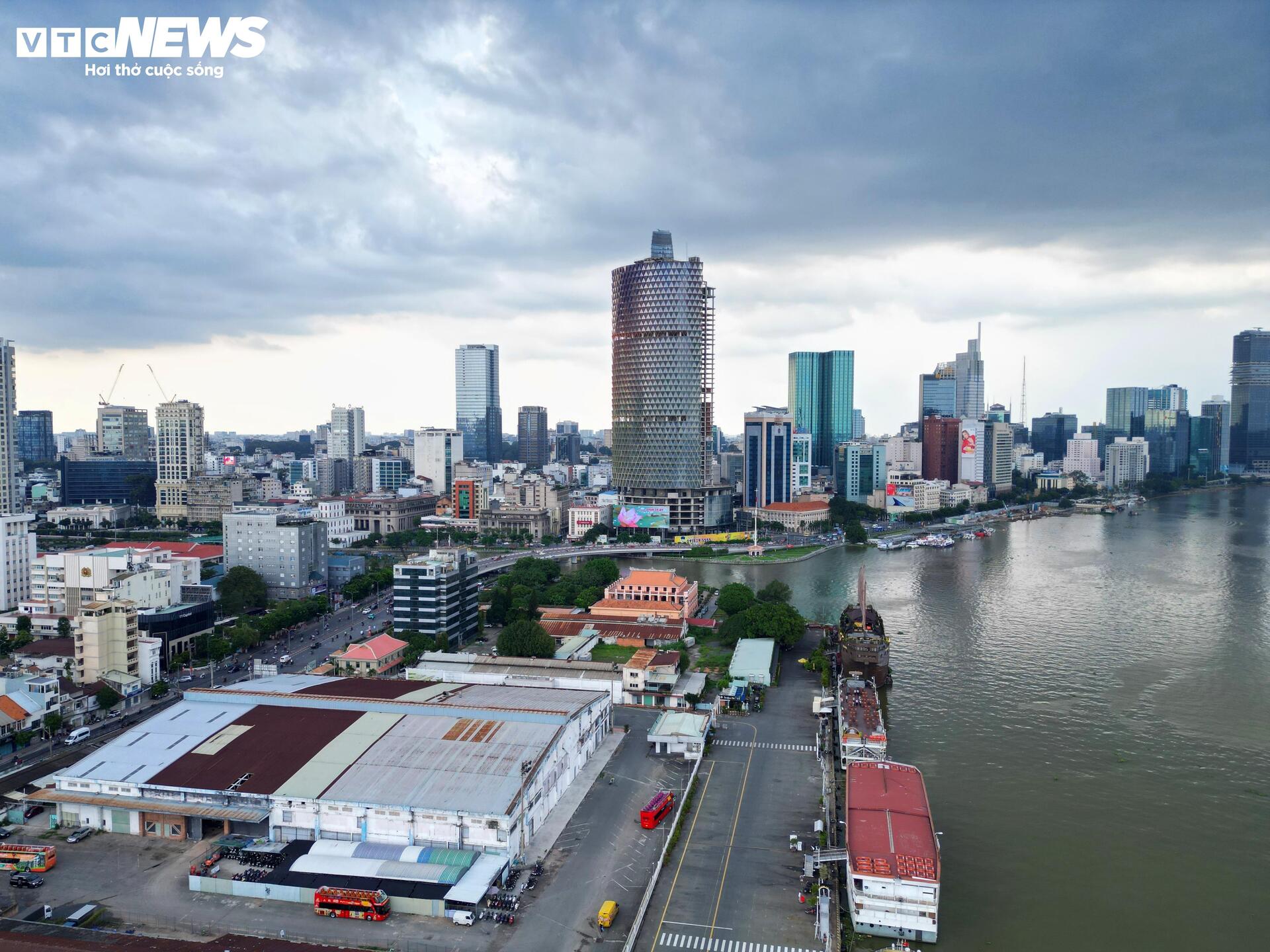
The upcoming expansion of Nguyen Tat Thanh Road will coincide with the transformation of the Nha Rong – Khanh Hoi Port area.
Despite a 1992 renovation, the minor upgrade provided only temporary relief. In recent years, Nguyen Tat Thanh Road has consistently ranked among HCMC’s most congested routes.
Traffic planning experts advocate for simultaneous road upgrades and riverside improvements, creating a scenic corridor linking the old city center with the new southern districts. With thoughtful design, Nguyen Tat Thanh Road could become one of HCMC’s most beautiful and modern thoroughfares.
Mr. Huynh Thai Tuan, a resident of former District 7 and construction industry professional, agreed: “Expanding Nguyen Tat Thanh Road and converting most of the Nha Rong – Khanh Hoi Port into a park is highly sensible. Ideally, the city should develop a riverside park from Khanh Hoi Bridge to Tan Thuan Bridge.”
According to Mr. Tuan, blending modern transportation with riverside public spaces will offer residents recreational areas while elevating urban aesthetics, transforming this zone into the city’s new “façade.”
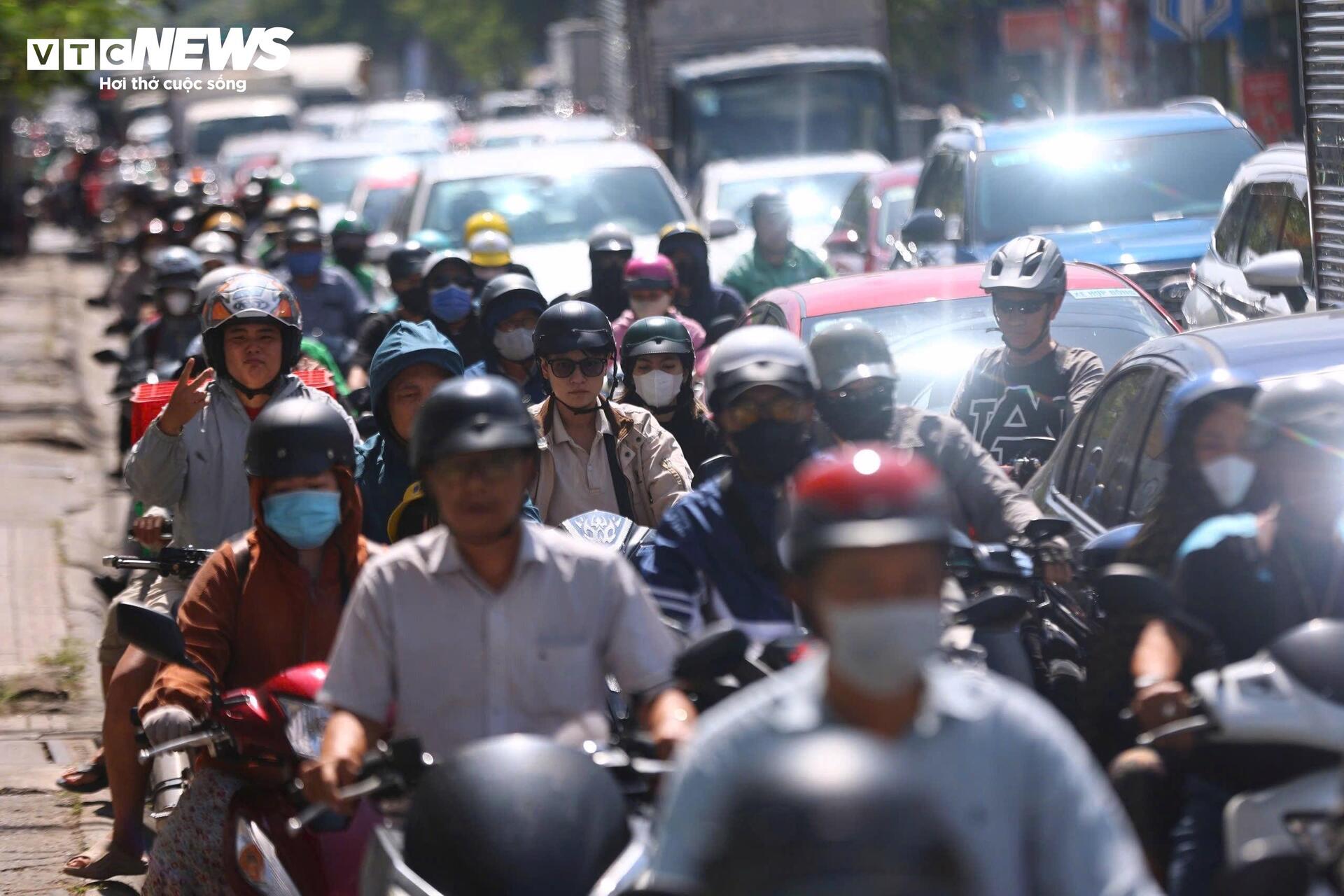
Many residents and workers along the route anticipate the project will alleviate chronic congestion and enhance the riverside area.
The Ho Chi Minh City Department of Construction is collaborating with relevant agencies to finalize the proposal for the City People’s Committee’s approval. Once approved, the project will proceed with detailed design, land clearance, and construction planning.
Residents hope for a transparent process with a clear timeline and minimal disruption to local life. “Just witnessing the gridlock on Tan Thuan Bridge during rush hour underscores the city’s urgent need to act. Anyone who’s been here understands—every meter of expanded road brings joy to residents,” shared Mr. Tran Van Dung of Nha Be Commune.
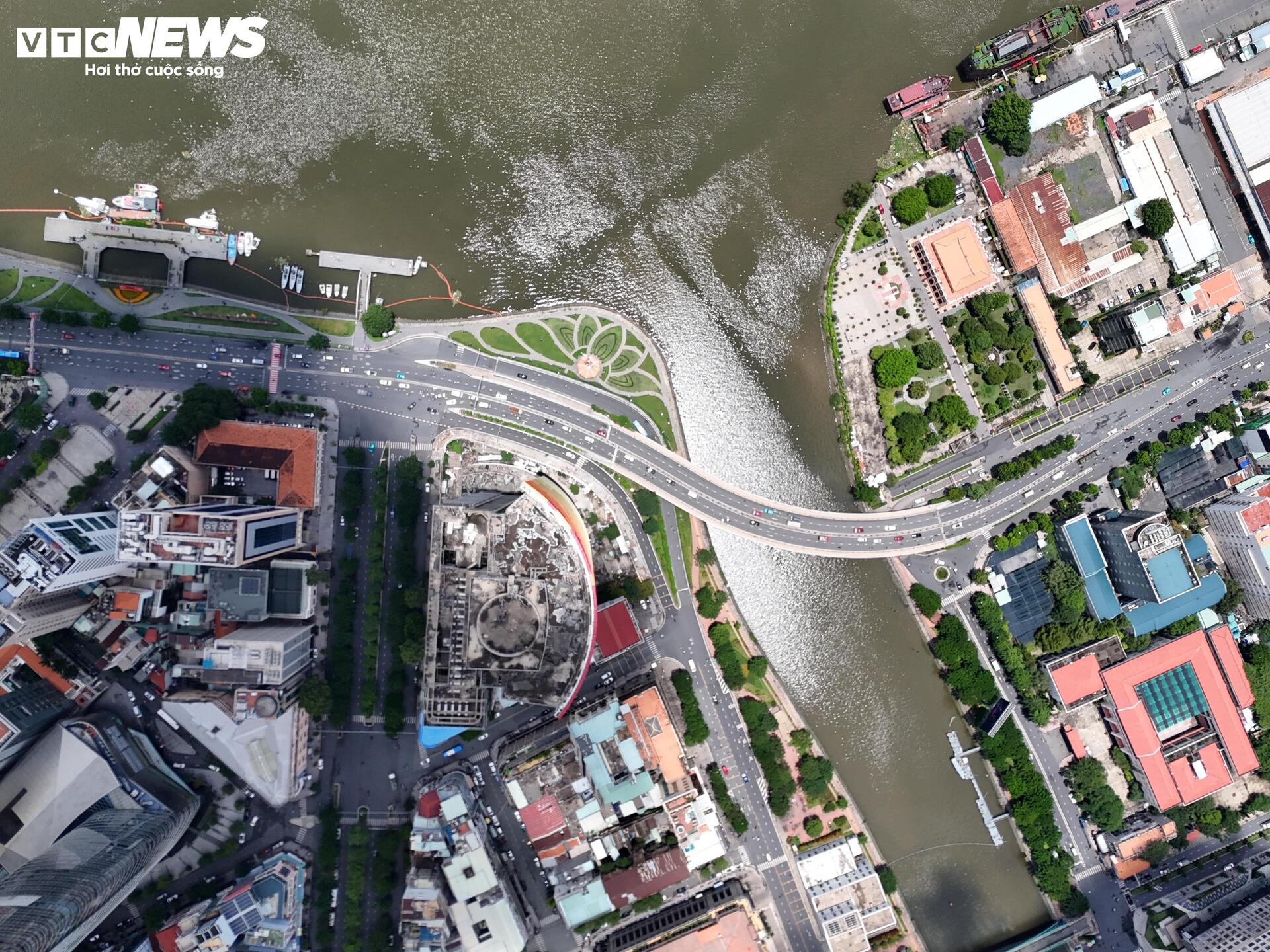
Upon completion, the road will not only ease central traffic but also create a modern riverside corridor, directly linking Ben Nha Rong, Tan Thuan Bridge, and Thu Thiem 4 Bridge.
Experts predict that the upgraded Nguyen Tat Thanh Road will not only relieve traffic congestion but also serve as a vital link between central HCMC and the southern districts, fostering economic and social development. It will catalyze urban, service, and tourism projects along the Saigon River.
After years of anticipation, HCMC residents believe this road, steeped in history and memory, will soon be transformed—spacious, congestion-free, and emblematic of urban renewal efforts toward a modern, civilized city.
A&T Saigon Riverside: Prime Riverside Land – A Once-in-a-Lifetime Opportunity
In a fiercely competitive real estate market, investors are increasingly drawn to properties that offer genuine value and tangible benefits. The emergence of A&T Saigon Riverside presents a rare and unparalleled investment opportunity, seamlessly blending prime location, flexible payment policies, and a resort-inspired living experience.
Emerging Real Estate Satellite Hubs: A Vibrant Ring Around Ho Chi Minh City
The real estate market is buzzing with activity in the satellite regions surrounding Ho Chi Minh City, as anticipation builds ahead of the city’s expansion. Leading the charge is the former Binh Duong province, topping the charts with an impressive index of 100. Close behind are Dong Nai (38), Ba Ria – Vung Tau (34), and Long An (28), collectively forming a vibrant “satellite belt” around the bustling metropolis.
Ho Chi Minh City Adds Nearly 10,000 Affordable Housing Units
In 2025, Ho Chi Minh City’s Department of Construction plans to complete 9,896 social housing units, significantly expanding affordable housing options for low-income residents.
Haunted Goods Street in Ho Chi Minh City Sees Few Visitors During Halloween
With just one day left until Halloween (October 31st), the familiar streets of Ho Chi Minh City known for their festive decorations, such as Hai Thuong Lan Ong and Do Xuan Hop, along with shopping malls, supermarkets, and bookstores, are bathed in the iconic orange and black hues of this spooky season. Despite the abundance of goods and stable prices, these stores remain eerily quiet, with few customers in sight.











